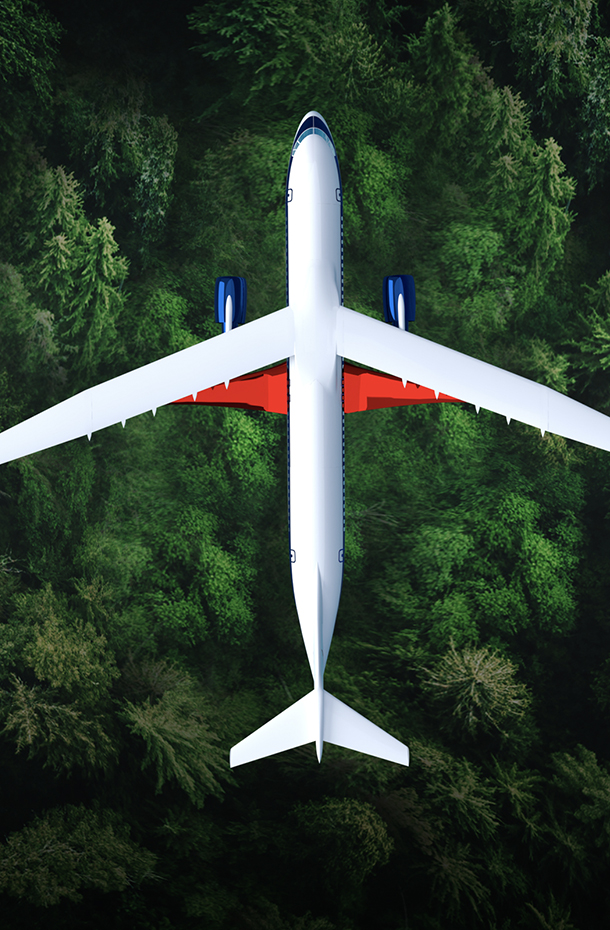NASA Armstrong Builds Sensor Pod for Autonomous Flight
The design and build of a unique NASA pod, produced to advance computer vision for autonomous aviation, was recently completed in-house at NASA’s Armstrong Flight Research Center in Edwards, California, by using the center’s unique fabrication capabilities. The pod is called the NASA Airborne Instrumentation for Real-world Video of Urban Environments (AIRVUE). NASA Armstrong can […]
2 min read
Preparations for Next Moonwalk Simulations Underway (and Underwater)
The design and build of a unique NASA pod, produced to advance computer vision for autonomous aviation, was recently completed in-house at NASA’s Armstrong Flight Research Center in Edwards, California, by using the center’s unique fabrication capabilities. The pod is called the NASA Airborne Instrumentation for Real-world Video of Urban Environments (AIRVUE). NASA Armstrong can take an idea from a drawing to flight with help from the center’s Experimental Fabrication Shop.

NASA subject matter experts developed the idea for the project, after which engineers drew up plans and selected materials. The Experimental Fabrication Shop received those plans and gathered the materials to fabricate the pod.
After the pod was built, it moved to NASA Armstrong’s Engineering Support Branch, where electronics technicians and other specialists installed instruments inside of it. Once completed, the pod went through a series of tests at NASA Armstrong to make sure it was safe to fly at NASA’s Kennedy Space Center in Florida on an Airbus H135 helicopter. The engineering team made final adjustments to ensure the pod would collect the correct data prior to installation. More about the design and fabrication process, and the pod’s capabilities, is available to view in a NASA video.

Share
Related Terms
What's Your Reaction?















































